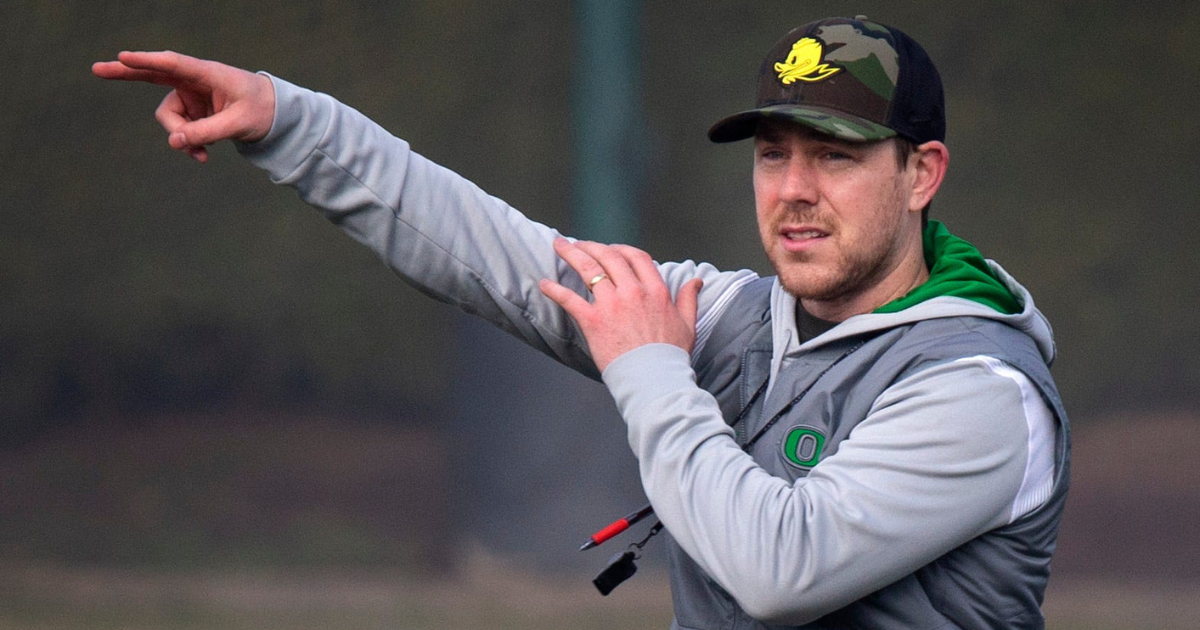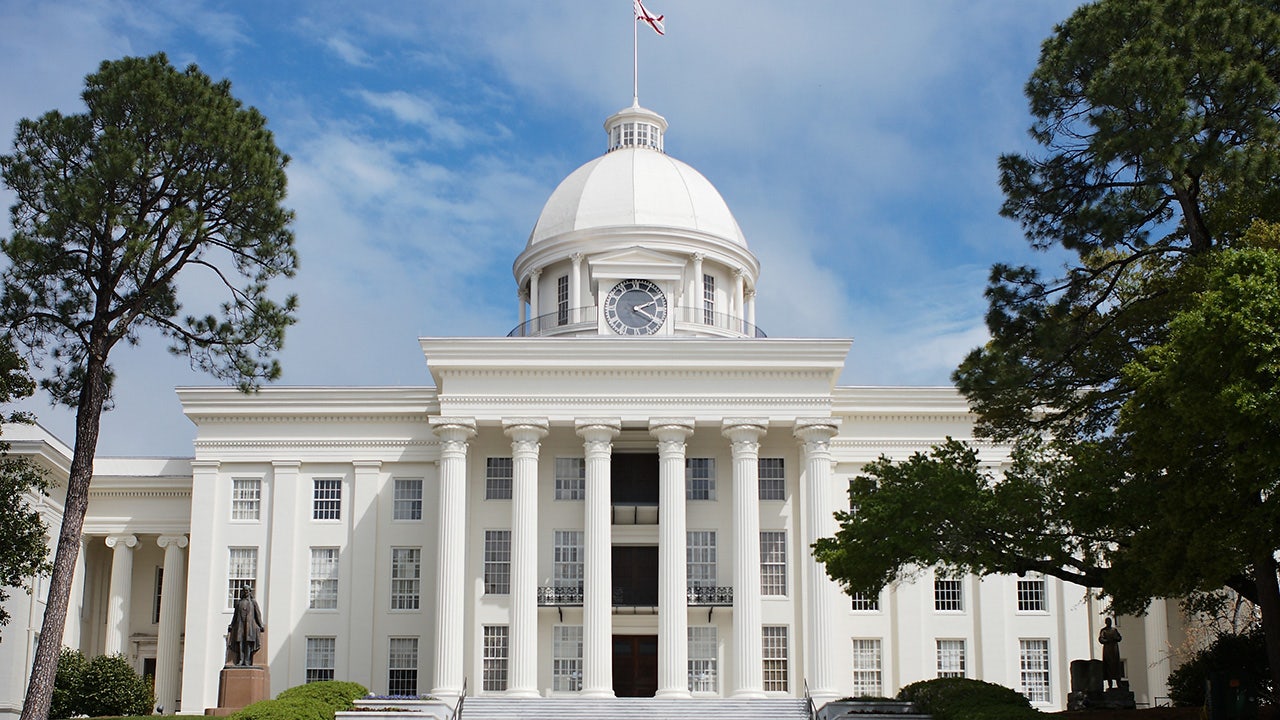ANNAPOLIS, Md. — Maryland plans to rebuild the Francis Scott Key Bridge in just over four years at an estimated cost between $1.7 billion and $1.9 billion, a state transportation official said Thursday.
The state plans to build a new span by fall of 2028, said David Broughton, a spokesperson for the Maryland Department of Transportation. He said the cost estimate is preliminary, and detailed engineering specifics have not been confirmed.
As salvage efforts continue, authorities also announced late Wednesday they had recovered the body of a fifth person who was missing after the bridge’s March 26 collapse, which shut down the port of Baltimore, one of the busiest ports in the country.
Six members of a roadwork crew plunged to their deaths when a container ship lost power and crashed into one of the bridge’s supporting columns. The Key Bridge Response Unified Command announced that the victim found Wednesday was identified as Miguel Angel Luna Gonzalez, 49, of Glen Burnie, Maryland. All of the victims were Latino immigrants who came to the United States from Mexico, Guatemala, El Salvador and Honduras.
“We continue to pray for Miguel Angel Luna Gonzalez, his family and all those who love him, acknowledging the anguish they have experienced since the Key Bridge collapsed,” Gov. Wes Moore said in a statement Thursday. “We pray for comfort, we pray for healing, and we pray for peace in knowing that their loved one has finally come home.”
Salvage teams found one of the missing construction vehicles Wednesday and notified the Maryland State Police, officials said. State police investigators and Maryland Transportation Authority Police officers and the FBI responded to the scene and recovered the body inside a red truck. The state police underwater recovery team and crime scene unit also assisted.
Meanwhile, the broker for the bridge’s insurance policy confirmed Thursday that a $350 million payout will be made to the state of Maryland in what is expected to be the first of many payouts related to the collapse.
Chubb, the company that insured the bridge, is preparing to make the $350 million payment, according to WTW, the broker. Douglas Menelly, a spokesperson for WTW, on Thursday confirmed plans for the payout, which was first reported by The Wall Street Journal. Chubb did not immediately respond to a request for comment Thursday.
The Maryland Transportation Authority said Thursday that the state’s treasurer filed a claim on the day of the bridge’s collapse “against our $350 million property policy and put on notice our $150 million liability policy first tier carrier on behalf of MDTA.”
“We expect the full property policy to be paid very shortly,” the agency said in a news release.
Maryland transportation officials noted that the state’s estimates for the cost to rebuild the bridge are in line with similar projects of this scale and complexity. Federal funding, insurance proceeds and other reimbursements will bring a variety of resources toward the rebuild and recovery effort, the officials said, and the state is pursuing other recovery options to minimize net cost to taxpayers and toll customers.
The Dali container ship has been stationary amid the wreckage since the collapse, but crews plan to refloat and remove the ship, allowing more maritime traffic to resume through Baltimore’s port. Officials expect to have it removed by May 10, according to a Port of Baltimore news release.
Salvage and demolition crews were still working around the clock to clear wreckage from the collapse site. They’re now focused primarily on freeing the Dali from a massive steel span that came crashing down on the ship’s bow.
That will allow the ship to be refloated and guided back into the Port of Baltimore. It will also allow most maritime traffic to resume through the busy East Coast port.
On Thursday morning, crews were preparing for a controlled demolition that will break down the largest remaining span and send it tumbling into the water. Then a massive hydraulic grabber will lift the resulting sections of steel onto barges.
The hydraulic grabber, which officials have called the largest in the country, was also in motion Thursday morning. Moving ever so slowly, the giant claw descended into the depths of the Patapsco River and emerged with a steel beam in its trusses. It was operating in tandem with the Chesapeake 1000, one of the largest cranes on the Eastern Seaboard.
___
Associated Press journalists Denise Lavoie in Richmond, Virginia, and Lea Skene in Baltimore, contributed to this report.



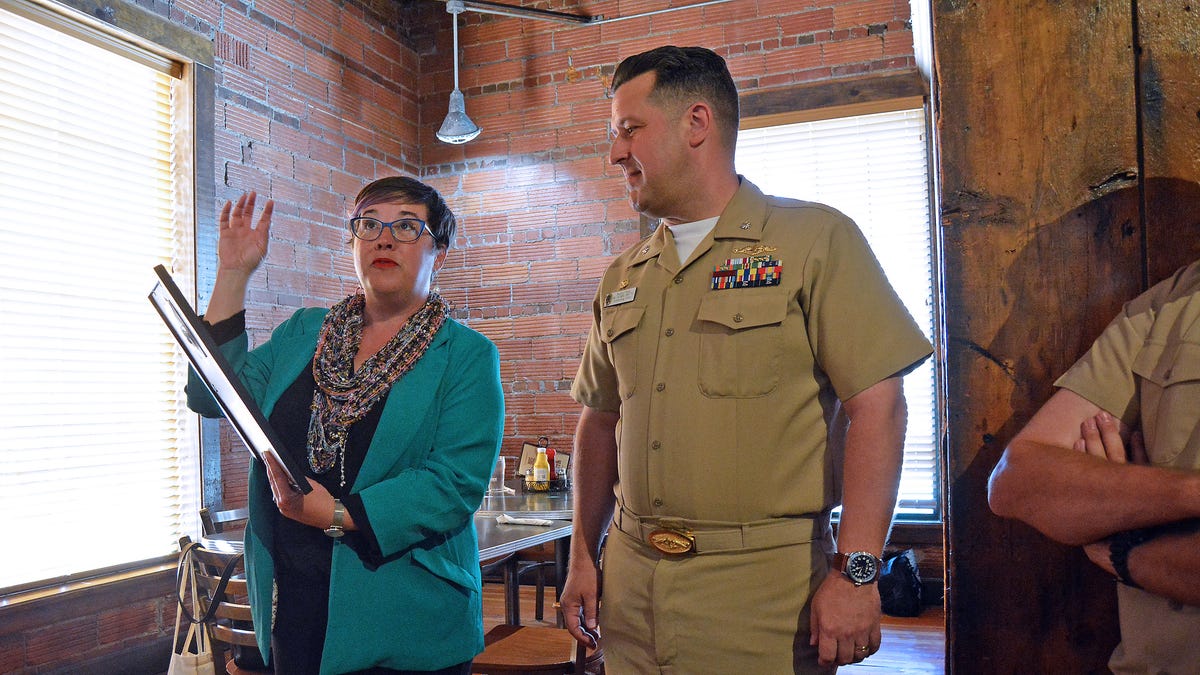

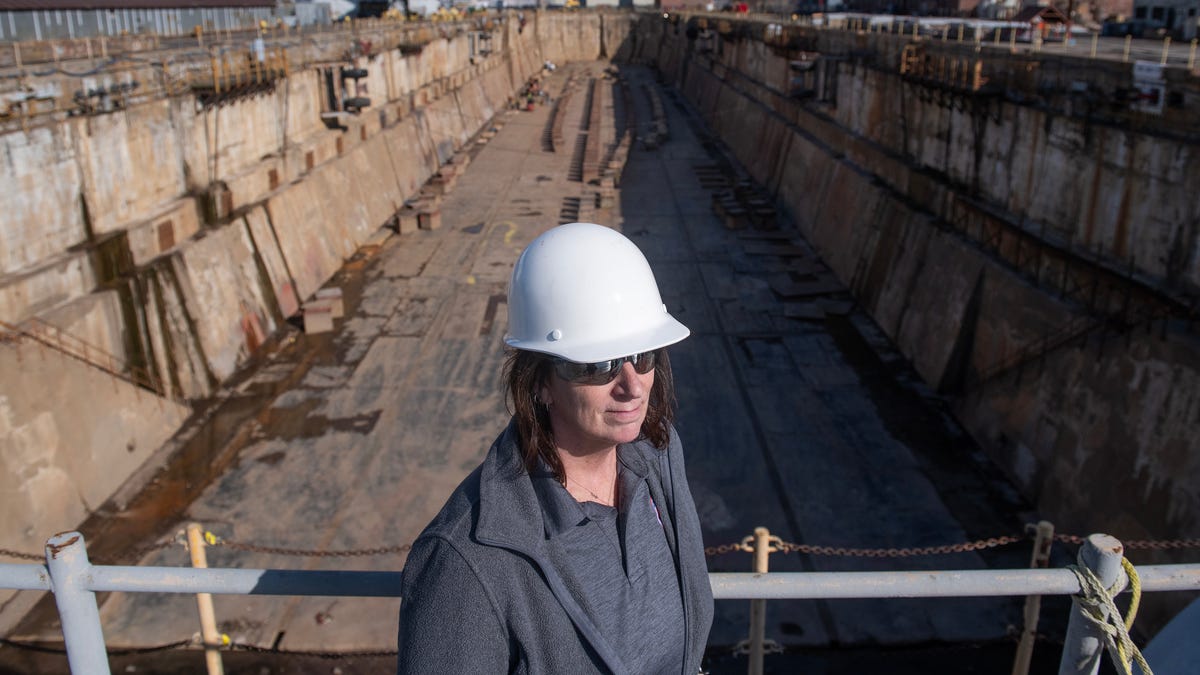

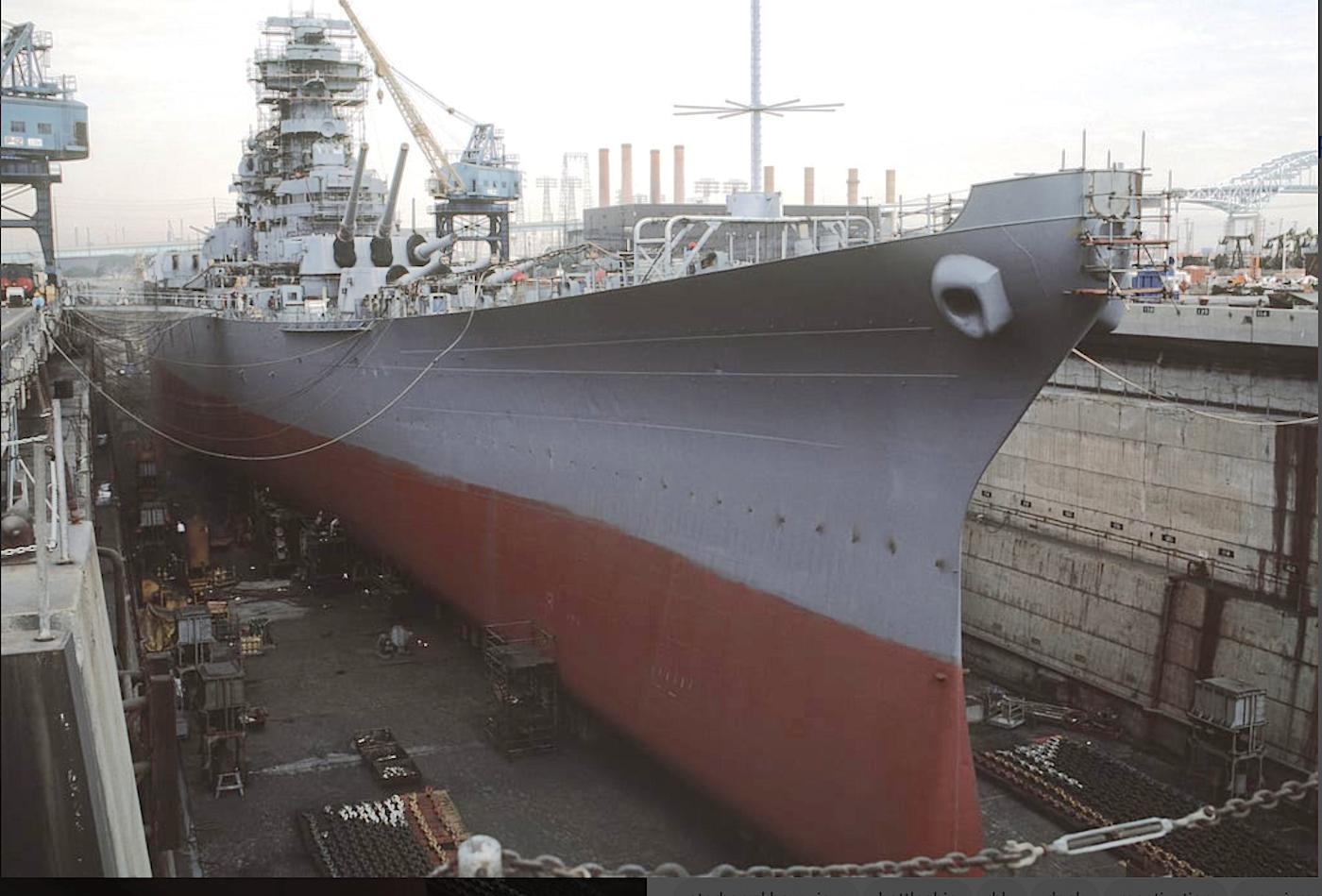
:quality(70)/cloudfront-us-east-1.images.arcpublishing.com/adn/XSLYRNEZWZRG37IEXGKGDB34FQ.jpg)
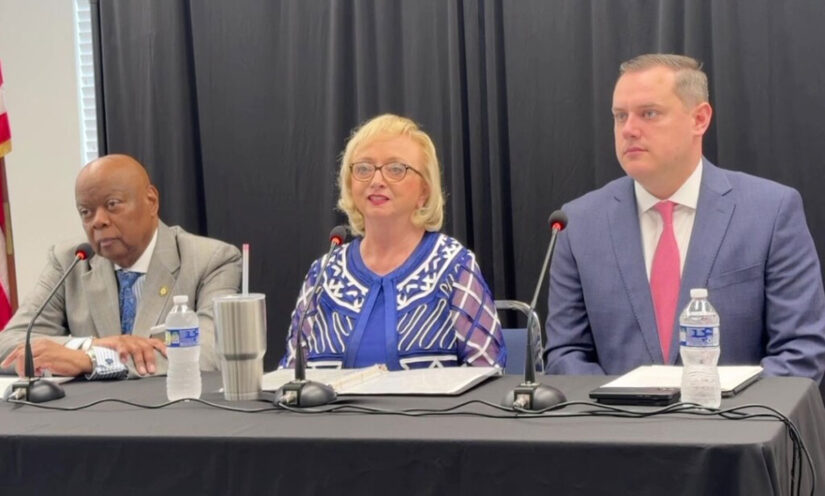
:format(url)/cloudfront-us-east-1.images.arcpublishing.com/baltimorebanner/MVTYU3EZMNCSJKR7KMZCMFHYXQ.png)


